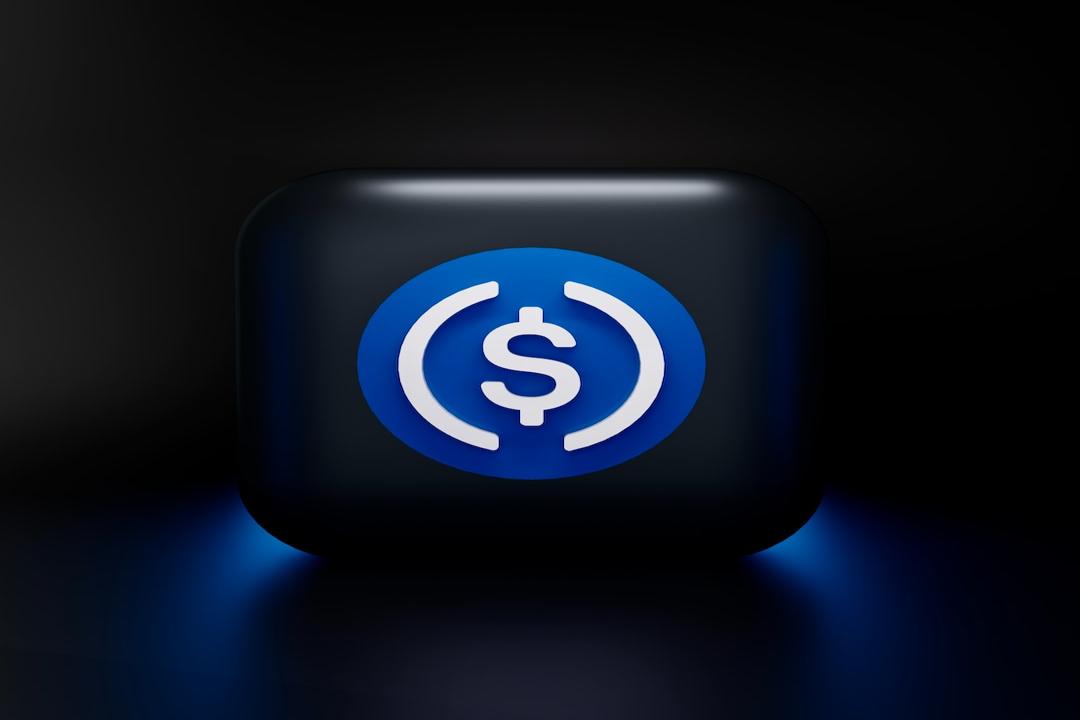DeFi Tokens Experience Surge in Trading Volume
Trading volumes for blue chip tokens in the decentralized finance (DeFi) space have experienced significant growth. The recent approval of ETFs, which establish Ethereum (ETH) tokens as a commodity, has had a positive impact on the top protocols in the DeFi sector. In 2024, both niche projects and leading protocols have seen growth in the DeFi space.
Notable blue chip tokens in DeFi include Aave (AAVE), Maker (MKR), Uniswap (UNI), Curve Finance (CRV), and Compound (COMP). These top projects aggregate the most value and cover widely used business models in the DeFi space.
AAVE has seen the largest increase in trading volume, expanding by 394% in recent days with a trading volume of $188 million. UNI has also experienced a significant increase in trading volume, rising by approximately 230% this week and peaking at over $690 million in a 24-hour period.
It is worth noting that the core batch of DeFi blue chip tokens does not include the recent addition of re-staking protocols on Eigen Layer. However, these blue chips remain among the top apps listed by DappRadar, although daily wallet-based activity does fluctuate.
Factors Driving the DeFi Blue Chip Narrative
DeFi blue chips are part of a larger trend within the Ethereum ecosystem. Other trending narratives in the space include decentralized exchanges (DEX), liquidity staking derivatives, DEX, and Layer 2 solutions.
The DeFi narrative is currently competing with several waves of meme tokens that do not offer products or utility. However, DeFi narratives often go through cycles and resurface as attractive investment opportunities.
Furthermore, market returns for DeFi blue chips vary, and being at the peak of the cycle suggests that the trend may soon reverse. The DeFi blue chip narrative remains volatile and competes with other investment options. The main driver behind this trend is the increase in ETH price, which makes protocols more secure and liquid.
Moreover, with expectations of a renewed bull market for altcoins, older protocols with proven value are receiving a boost. Meme token fatigue is also on the rise, even with the emergence of the Meme 2.0 trend on the horizon.
Are DeFi Users Returning?
The growth of the DeFi trend can be seen in increasing transaction volumes, locked value, and other proxy metrics. However, the April market slump led to a decline in user count, marking the first decrease in proper engagement with DeFi since October 2023. As of May 1, there were 3.8 million DeFi users, down from 6.3 million in March, which was the peak month of the 2024 bull market.
The rise of blue chip DeFi tokens in May could potentially increase the user count. Proxy metrics such as DAI, which serves as an indicator for Maker-based activity, show that the stablecoin has 2.16K daily users and ranks 24th among the most widely transferred tokens. AAVE reports approximately 689 daily active users according to TradingView data, while DappRadar marks 4.3K daily active wallets for AAVE V3.
However, it is important to note that the exact number of protocol end users does not always directly impact narratives and centralized trading. Consequently, the past week has seen new inflows into blue chip tokens to take advantage of short-term price expansions.
Crypto Lending Makes a Comeback in May
After a month focused on DEX trading, another aspect of DeFi that has gained momentum in May is crypto lending. This type of protocol has historically suffered during bear markets, primarily due to collateral losses during turbulent market conditions.
Now, both Aave and Curve Finance are witnessing the return of borrowers and lenders seeking liquidity rewards.
Curve Finance experienced a significant trend reversal in May, with both the supply and demand for loans growing by over 200%. The Curve protocol has rebuilt its collateral base during this new expansion phase and currently has $7.3 million in wETH collaterals protecting existing loans.
Another positive development in May has been the absence of liquidations, particularly due to sudden drops in ETH prices. One reason for the return to Curve Finance is the introduction of a new algorithm called “soft liquidations,” which accommodates collateral requirements instead of liquidating entire positions in one move.
In summary, blue chip DeFi tokens have seen a surge in trading volume, driven by the recent ETF approvals and the overall growth of the DeFi sector. The narrative surrounding these tokens is influenced by various factors, including the Ethereum ecosystem, competing investment options, and the rise in ETH price. Additionally, the number of DeFi users has experienced a temporary decline but may see an increase with the rise of blue chip tokens. Furthermore, crypto lending has made a comeback in May, with protocols like Aave and Curve Finance attracting borrowers and lenders seeking liquidity rewards.

